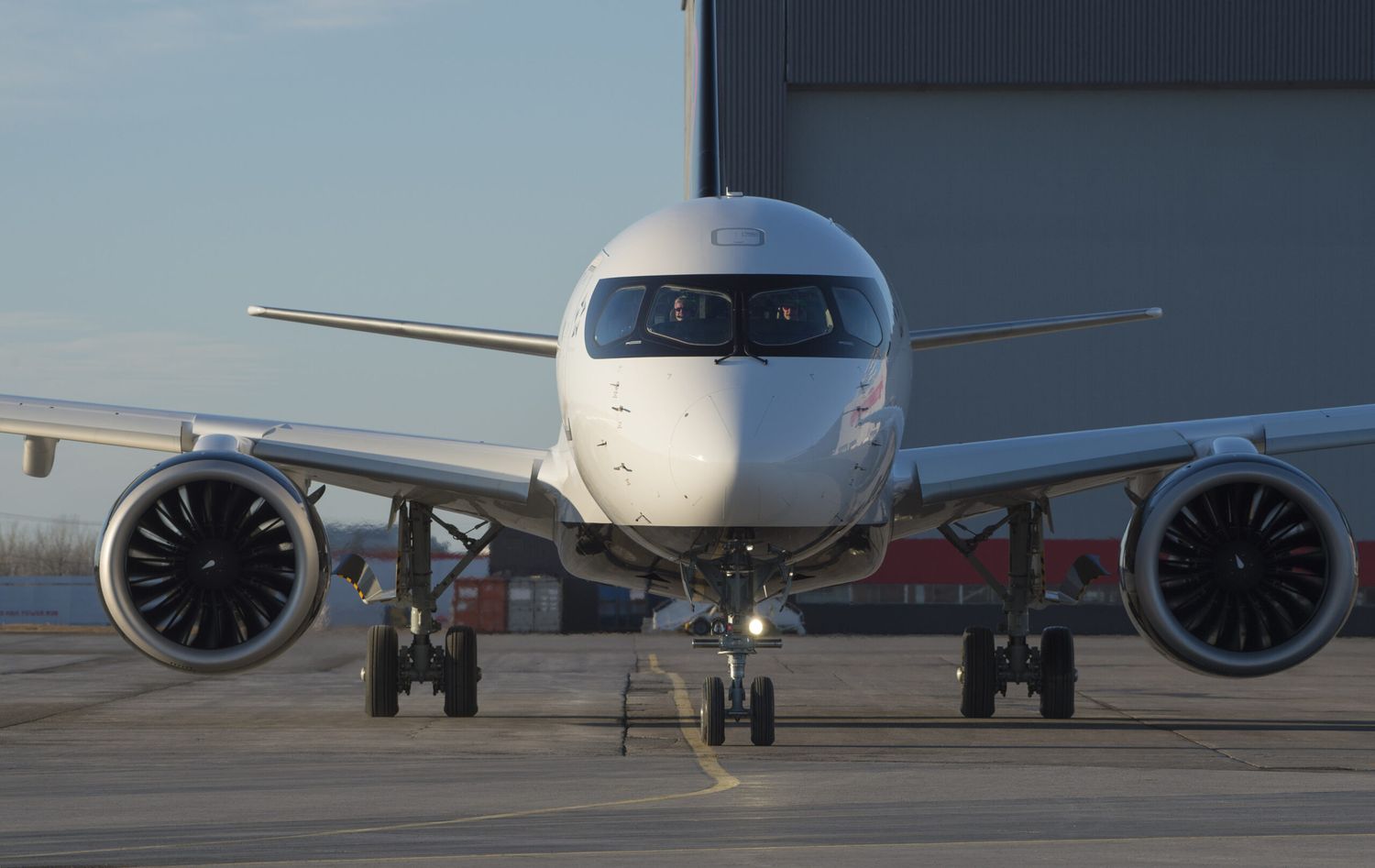The Airbus A220-500 is Coming: A320 Replacement, Boeing 737 MAX Rival
After years of contemplation following the acquisition of Bombardier’s C-Series, Airbus would be finally advancing with the A220-500, a larger variant of the A220 series. This development would represent a direct competition with Airbus’s own iconic A320, but this overlap is part of the company’s broader strategy to dominate the single-aisle commercial aviation market.
The A220-500 would bring several advantages to the table: it shares similar characteristics with the A320 but boasts superior fuel efficiency and reduced noise levels. This would offer operators better choices for short to medium-haul routes, as lower operating costs could lead to improved seat-kilometer performance.
Furthermore, transitioning to the A220-500 would allow standardization of low-density, single-aisle fleets with a newly designed aircraft employing advanced materials.
As reported by Bloomberg, multiple airlines are seeking additional information about a potential stretched version of the A220. This model could accommodate up to 170 seats, overlapping with the average two-class A320 capacity.
Airlines could potentially consolidate an A220-100/-300/-500 fleet, with capacities ranging from 100 to 170-180 seats, before transitioning to the A321neo in the single-aisle segment. This consistent narrow-body offering is something that Boeing’s current catalogue lacks, especially after the fallout of the Embraer agreement.
That failure to close a deal left Boeing without the chance to offer Embraer’s E2 Series or any plane with 150 seats or less, and the inability to certify the 737 MAX -7 and -10 complicates Boeing’s present and future plans.
Back in 2019, Guillaume Faury, Airbus CEO, expressed the need for a larger A220 model. When the European manufacturer took over the CSeries program, it had the foresight to consider existing variants and potential competitive improvements through Performance Improvement Packages (PIP) and the new -500.
The creation of the A220-500 would free up the A320 family production lines to focus on the A321neo, particularly the LR/XLR versions, thus dominating the next-generation single-aisle aircraft offering.
Boeing, on the other hand, needs to start considering a direct replacement for the 737 MAX. However, with Airbus’s moves, the prospects of securing a well-received product with the right timing are diminishing. While some analysts believe that the introduction of the A220-500 could be detrimental to the A320, Airbus’s plan seems to be just that: phasing out the A320 to prioritize the production – and deliveries – of the A321neo.
The options are laid out and perhaps the forthcoming Paris Air Show will be the venue where Airbus unveils the A220-500. The aircraft’s entry into service could be expedited, given it’s a modification of an existing plane, and Airbus has substantial technological capabilities and vast experience in incremental model modifications.


Para comentar, debés estar registradoPor favor, iniciá sesión